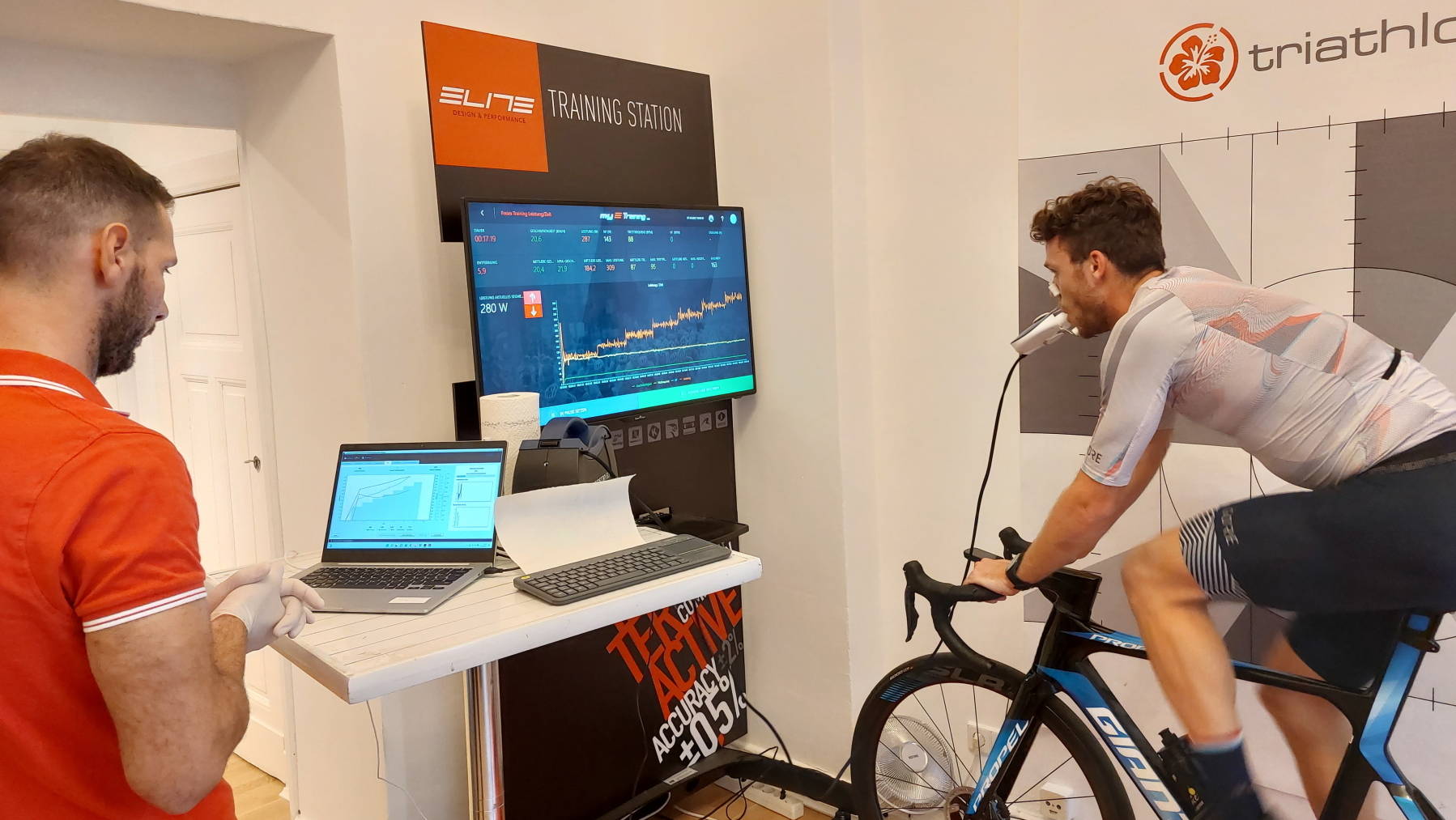After the season is before the season: the Ironman Hawaii 2022 is over - many athletes are now looking forward to the 2023 triathlon season full of motivation.
Targeted form building requires targeted training. For this it is important to know your training areas - from this you can derive exactly the training units that will help you the most.
For the winter, the basic training is the main focus. But "basic" doesn't just mean "long and loose". When it comes to swimming training, technical and strength-oriented content is very important. When cycling and running, sessions in the optimal lipid metabolism rate range are most important. However, these can and should be upgraded from time to time by short intensity peaks in the development area.
Many successful competitive athletes train according to the 80/20 principle. This is a dual approach to training, with 80% of the training being done in the foundation area and 20% in the development/development area (EB). Basic training is primarily about long-term economy of movement and improving the aerobic metabolism. The training stimuli in the development area, on the other hand, are significantly shorter and more intensive. The main focus here is on improving the maximum oxygen uptake (VO2max) and the anaerobic metabolism - i.e. the individual (threshold) performance as a whole. These training areas are determined regularly in order to be able to target them in the corresponding training units.
The problem: Many hobby triathletes spend too much training time exactly in between: evenly structured training units in the medium / slightly increased intensity range (GA2 / lower threshold range). Too intense for the basis, too little intense for stress stimuli in the development area. Although these units are felt to be exhausting, they are of relatively little value for form building. Especially if you train like this on a regular basis.
Sports science background
Each training session should aim to expose the body to a so-called "effective stress stimulus" in order to improve the functional condition (= performance) of the athlete. If this effectiveness is lacking, you may invest valuable training time in units that only bring you little or no progress ("empty kilometers"). In order to give your training the highest possible efficiency, it is important to know your individual training areas in order to be able to target them. Each training area can be assigned specific adaptation processes of the body and, as a result, specific training methods, volumes and intensities.
Determination of the individual training areas by means of performance diagnostics
With an Aeroscan performance diagnostics, your current performance status when cycling or running is shown in a sports-scientific way: in the course of a performance level test, your respiratory gases and other parameters are measured and analyzed in a sports-scientific manner.
- VO2max, HRmax
- Individual threshold zones (watts/pace/heart rate)
- FATmax (maximum fat metabolism)
- Respiratory parameters & energy expenditure
- Proportional carbohydrate/fat metabolism
From this, we then determine your exact training zones and, as part of the evaluation, we discuss your further training control based on this data.
- Basic Endurance 1 / LIT (Low Intensity Training)
- Advanced Basic Endurance (GA2)
- Competition/threshold area
- Development area / HIT 1 (High Intensity Training)
- Peak area / HIT 2 (High Intensity Training)
The most efficient units for your further training can then be assigned to each training area. If you want, we can create the entire training plan for you.
Also interesting: the data from your diagnostics is not only relevant for training control, but also for predicting your competition performance. With performance diagnostics 1-2 weeks before the competition, we can determine your optimal competition pace, measure your energy consumption and derive a nutritional strategy tailored to this (very important for middle/long-distance athletes).
Conclusion: targeted training is the key to success for beginners and advanced users alike. Aeroscan performance diagnostics are the basis for optimal form building and competition performance.




















